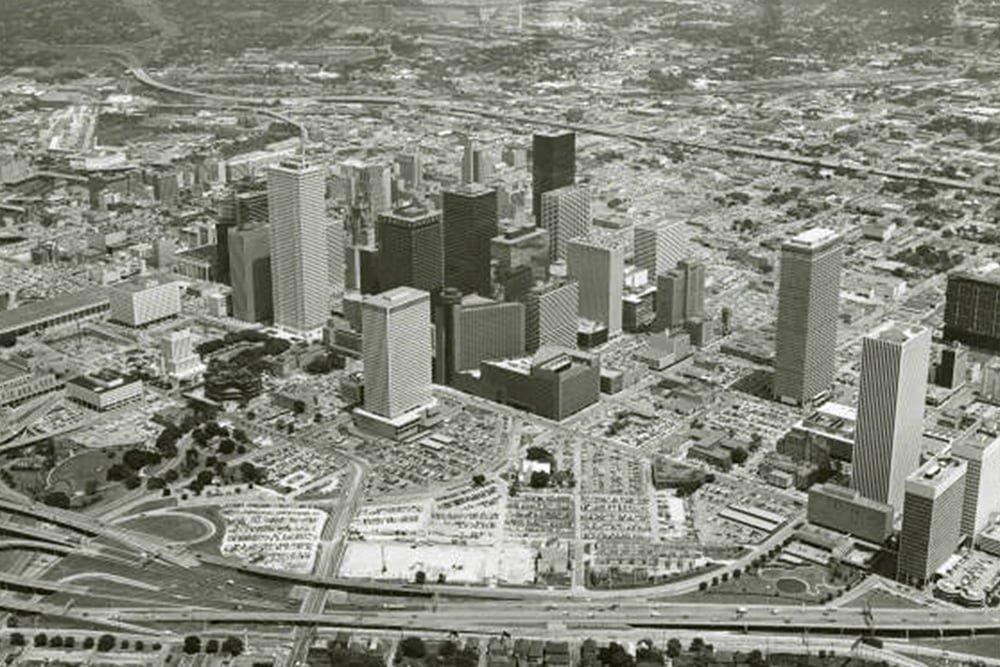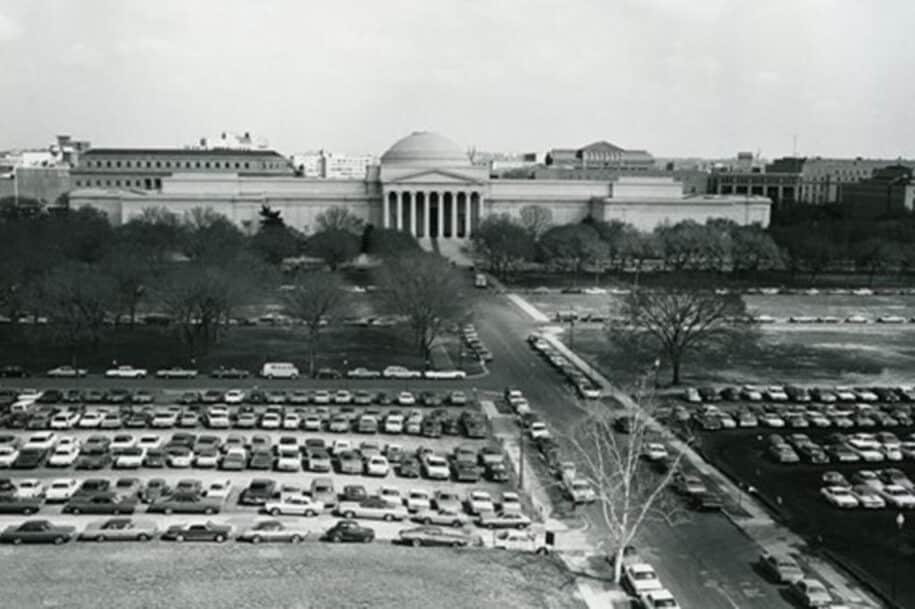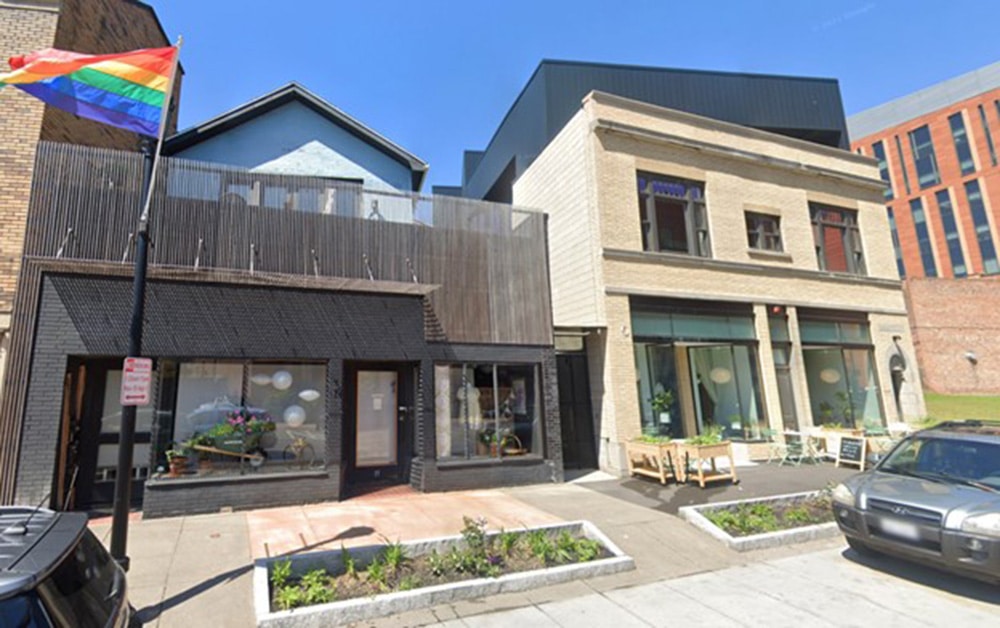
The Green Impact
The Green Future of Transportation Means Fewer Parking Spaces
Henry Grabar, author of Paved Paradise: How Parking Explains the World, is making the press circuit with a clear message: “I just hate not being able to find a parking space.”
Grabar follows this common sentiment with an uncommon solution in the parking industry—reform.
With governments considering ways to reform their parking systems, the parking industry now has a unique opportunity to lead the conversation about the future of transportation—promoting equity, reducing greenhouse gas emissions, and doing more with less.
The Parking Paradox
In the 1960s to 1970s, as the dawn of the Interstate Highway System cemented the domination of cars, many cities looked for ways to compete with the ample parking available in quickly growing suburbs. Many passed laws that arbitrarily inflated the number of spaces businesses had to provide their customers. Following that, urban landscapes quickly became awash in surface parking lots.



Today, many Americans expect parking to be convenient, available, and free. But the laws that enable that reality were ill-advised to begin with and remain actively harmful today.
While many of America’s two billion parking spots may seem free up-front, they come with extremely high costs. In his 2002 book The High Cost of Free Parking, Donald Shoup estimates that the U.S. spends somewhere between $127–$374 billion per year subsidizing “free” parking. These subsidies mostly go to wealthy individuals, as cars quickly become a prohibitively expensive luxury item for many low-income and marginalized communities. To pay for these subsidies, cities assess higher property taxes and crack down on illegal parking, which again disproportionately impacts low-income and marginalized communities.
As an affordable housing crisis driven by a shortage of homes impacts communities nationwide, prioritizing “free” parking makes less and less sense. Lower-income and minority communities are disproportionately displaced by parking-driven sprawl and reduced access to amenities like grocery stores, libraries, and schools. My colleague Toccarra Nicole Thomas, AICP, the Director of Land Use and Development at Smart Growth America and Executive Director of the Form-Based Codes Institute, says it best:

The result is a vicious cycle: cities require more parking on every new development, which leads to sprawl and displacement, driving up car use and parking demand and leading to calls for even more parking. And at every stage, cities become less affordable, more dangerous for pedestrians and bicyclists, less efficient for public transportation, less attractive to businesses, and worse for the environment.
See how much downtown land your city dedicates to parking here.
Case study: Buffalo, NY
In recent years, many cities around the country have sought to end this cycle by reforming (or altogether abolishing) their parking laws. This movement began in 2017, when Buffalo, New York, became one of the first cities to abolish parking minimums.
Their decision was borne of desperation. Today only 276,807 Buffalonians remain, down from 580,132 in the city’s 1950’s heyday. As the population began to decline in the 1960s, Buffalo attempted to court drivers back into its downtown by demolishing its historic buildings and replacing them with wide highways and surface parking lots. This was an utter failure, as its population and economy declined. The city was running out of options.
But in 2016, when the city was re-writing its 75-year-old zoning code, local activists began calling for the city to replace parking lots with housing, retail, restaurants, and other amenities. The city eventually agreed, laying the groundwork for parking reform in its new Green Code.

Newly legal projects in Buffalo have produced double the homes and businesses as developments that met old requirements. Buffalo has since been able to reduce the cost of new developments, reopen beloved local businesses that had been shuttered due to parking rule violations, and spur the construction of more multi-use developments. For the first time since the 1950’s, Buffalo’s population and economy are growing, due in no small part to these reforms.
Gaining Steam
Seeking to replicate Buffalo’s economic boon, over 1000 communities across the country have reduced or eliminated parking minimums since 2017.
Why is parking reform so popular? According to Grabar, “there’s a realization that parking creates traffic, not the other way around. And if cities want to [meet] their climate goals and reduce the country’s No. 1 source of greenhouse gas emissions, which is transportation, they need to reform the way they provide parking.”
Even Congress is jumping on board, with Rep. Robert Garcia (D–Calif.) introducing the Homes for People Not Cars Act of 2023 in early May. The premise is simple: the bill gives landowners within half a mile of a major transit stop “sole discretion” over parking. This preempts all remaining local parking minimums, and while the bill has a tough road ahead in a divided Congress (and likely doesn’t go far enough), it is an encouraging step forward.
Call to Action
Parking reform is not about eliminating parking. It is about weaving parking management into the transportation fabric of cities instead of putting the onus on individual businesses. That’s why my organization, Smart Growth America, advocates for parking reform in order to provide mobility choices to everyone, no matter where they live. Out goal is to grow local economies, create more affordable housing, empower marginalized communities, and significantly reduce greenhouse gas emissions. ◆
Stephen Coleman Kenny is a Policy Associate with Transportation for America.
-
This author does not have any more posts.


Electric Vehicle Charging Operations Research
Preliminary Results

Exploring the Power of Smart Parking
An Ally for a Greener Tomorrow





